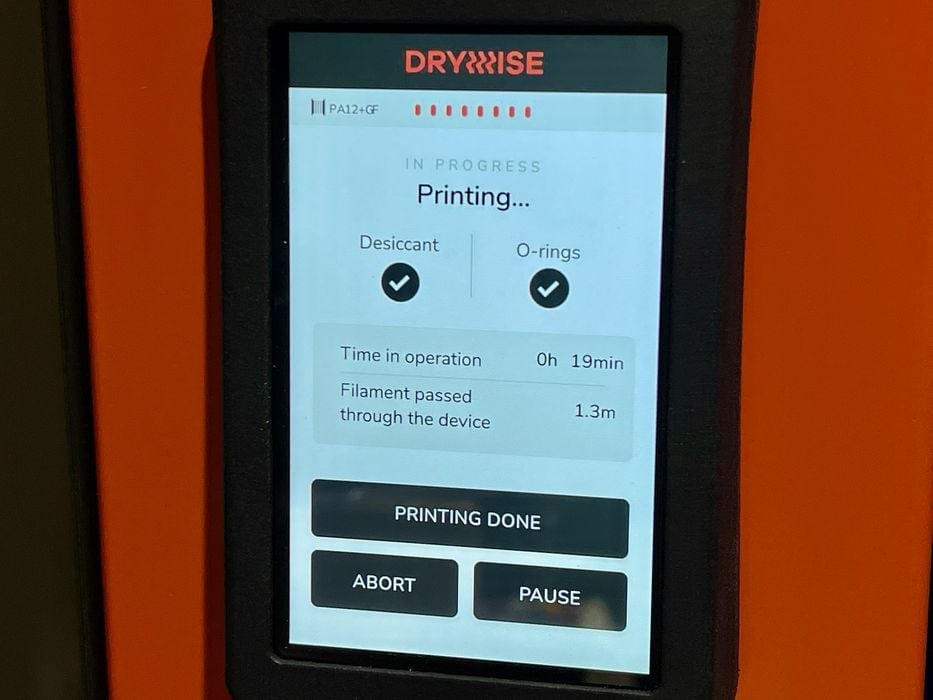
Our review of the Drywise in-line filament dryer concludes with print results and final thoughts.
This is part three of a three part series, please read parts one and two.
Drywise Print Results
Testing the Drywise is different from testing a 3D printer. Here you want to examine the difference between printing with a dried filament versus with a “wet” filament.
But how do you get a “wet” filament? Normally filaments lie around a workshop and gradually absorb moisture, sometimes even through supposedly sealed bags.
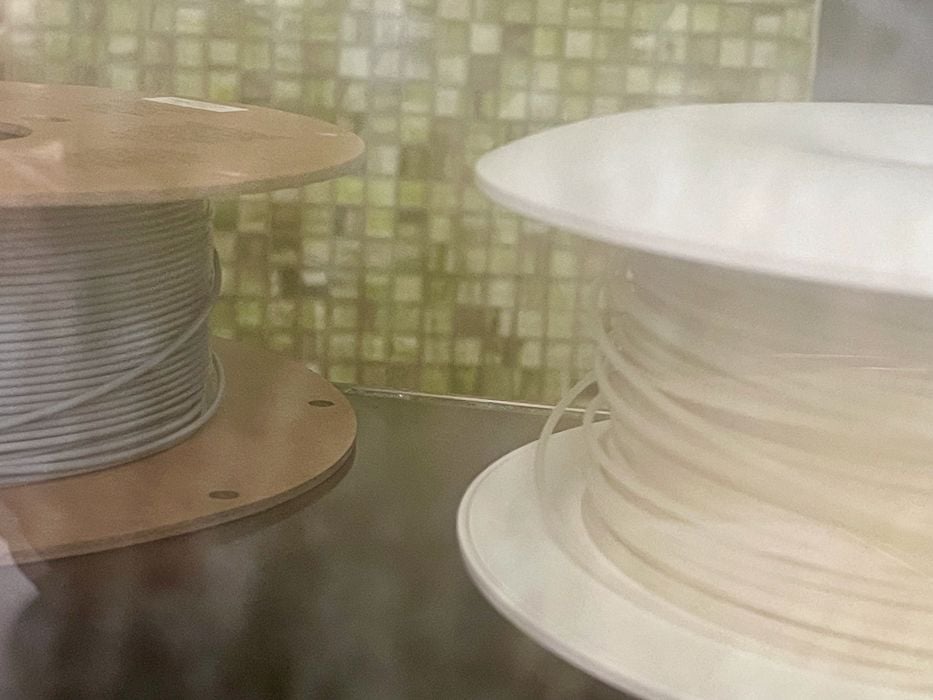
My approach was much more aggressive. I put a couple of test spools in a hot shower for a day. As you can see above, these were subjected to extreme humidity: the foggy picture is because there was actual condensation inside the shower. This condensation also landed on the filaments.
Note that Thought3D says you can’t have a drippy wet filament going into the Drywise. You cannot literally put the spool in a pail of water and drive it through the Drywise. However, I did consider doing that until I read that I should not. Maybe another time.
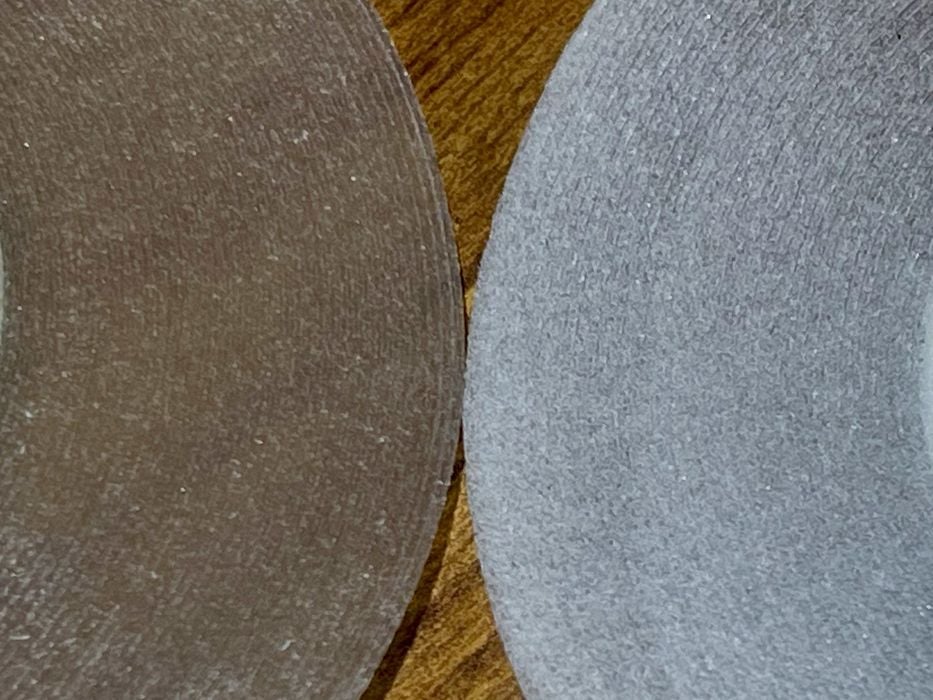
The natural PA12-GF showed the best results. Here you can see the sample dry print on the left, and the wet print on the right. The dry print was much more clear, almost certainly because the dry print had no embedded bubbles. The print was noticeably stronger.
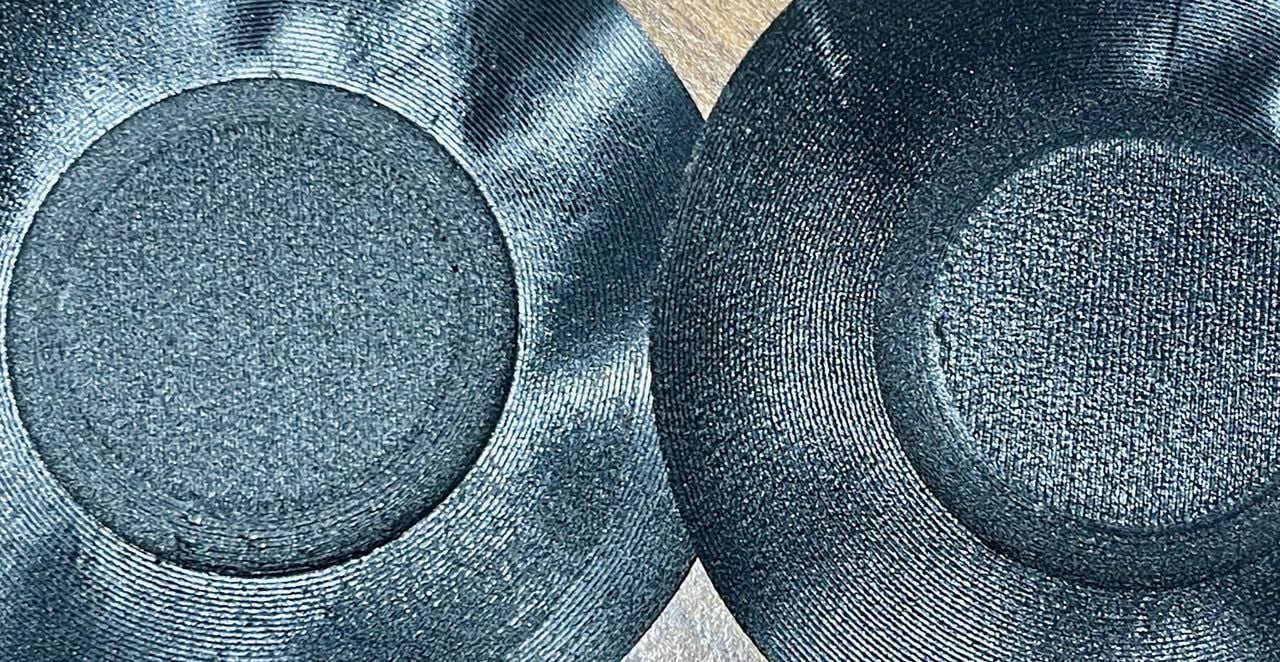
Here I tried PA12-CF, which also was quite superior when dried. It’s harder to see than with the natural color, but the surface texture was far more regular and less reflective. Again, that’s likely due to the absence of bubbles.
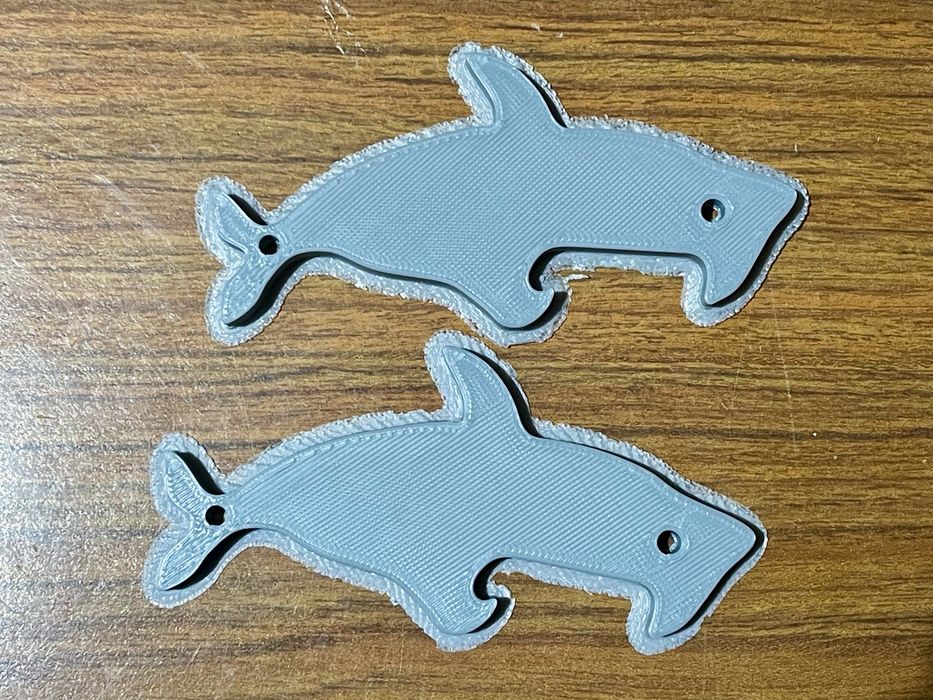
For fun I tried using wet and dry PLA. As you can see above there was basically no difference, and that’s because PLA doesn’t absorb moisture as much as nylon. But that wasn’t what I wanted to test.
Instead I was interested in speed. Some of today’s desktop 3D printers are high speed, and I wondered whether a high speed printer would pull the filament too fast. Would high speed filament remain in the Drywise for too short a time?
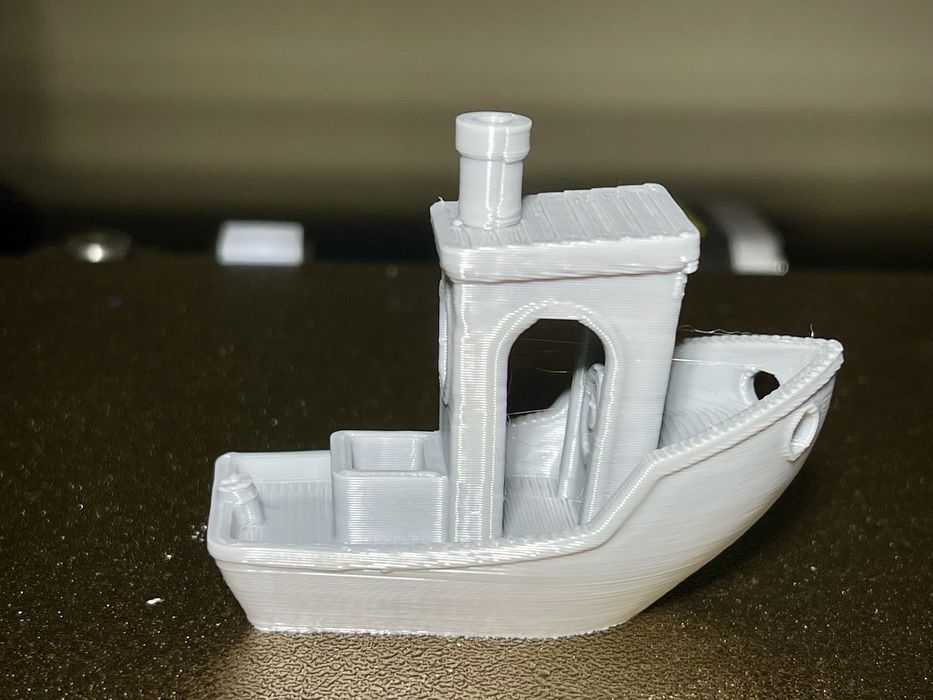
Evidently not. Here you can see a 14 minute #3DBenchy, with the 3D printer pulling about as fast as is reasonably possible with today’s desktop devices. While the print quality was still excellent, the Drywise didn’t complain at all about the fast pull.
One more thing: the cartridges absorb humidity, so eventually after a number of runs they will be at capacity. At first I thought I’d have to buy new cartridges, but Thought3D has set this up in a very convenient manner. It’s possible to simply empty the desiccant pellets onto a tray and bake them in the oven. This restores their dryness, and they can then be replaced in the cartridge for another set of print jobs.
In other words, there are no consumables here! There are two cartridges provided, so you never have to stop using the Drywise.
Drywise Final Thoughts
The Drywise is a very intriguing machine. It dries filament in a manner unlike every other drying solution on the market, and it allows you to print with fully dried material with only a one hour startup time. This is quite a bit shorter than typical dry boxes that take many hours to complete their cycles. You can store all of your filaments with non-dry method and use them on demand.
Operationally, there are perhaps a few tweaks I’d make to the Drywise to make it a bit smoother to run, but once it’s set up it’s pretty easy to use. There needs to be a wider selection of materials available, or some method of programming your own random spool.
The cost of the Drywise deserves some analysis. It’s priced at €1899 (US$2070), and the optional pre-heater adds another €349 (US$380), totaling €2248 (US$2450). That’s a steep price compared to the cheap food-drier options one might consider.
On the other hand, US$2450 is less expensive than having a massive drybox that holds your entire inventory of spools, which the Drywise can absolutely handle. Remember, your entire inventory of spools is effectively in a dry box because you can use them at any time with the Drywise.
It seems to me that the best use case for the Drywise would be an operation of a few 3D printers that print near-continuously but with many different spools and engineering materials. For those with many 3D printers, it may be more economical to get a large dry box solution instead of multiple Drywise units.
This is part three of a three part series, please read parts one and two.
Via Drywise
